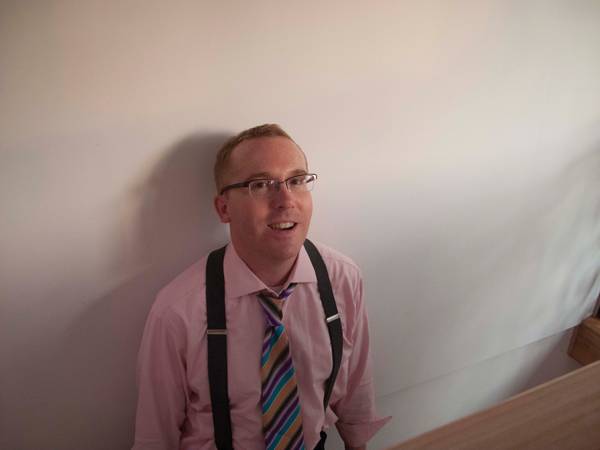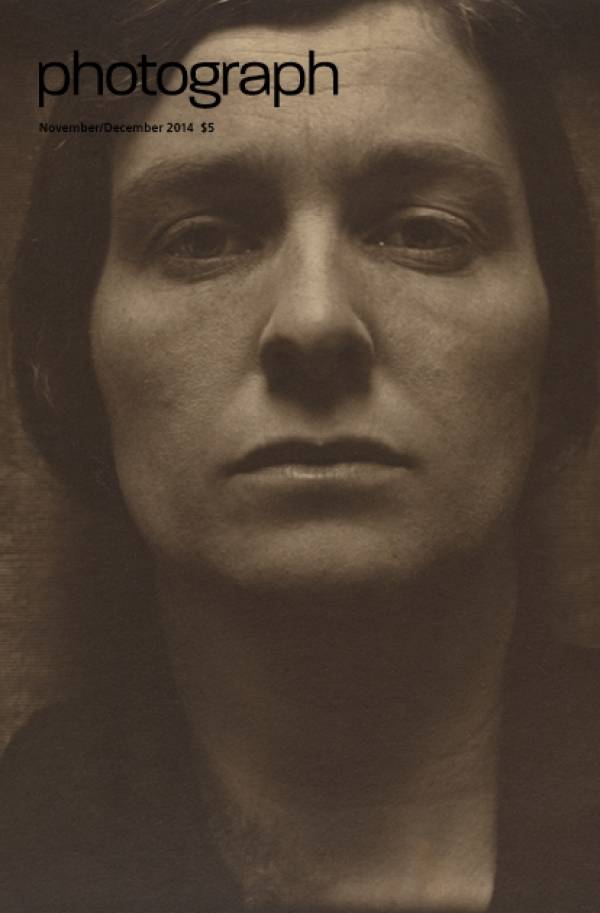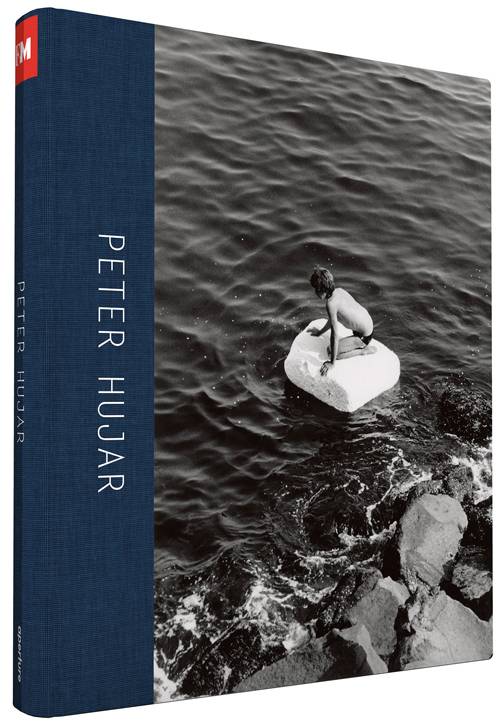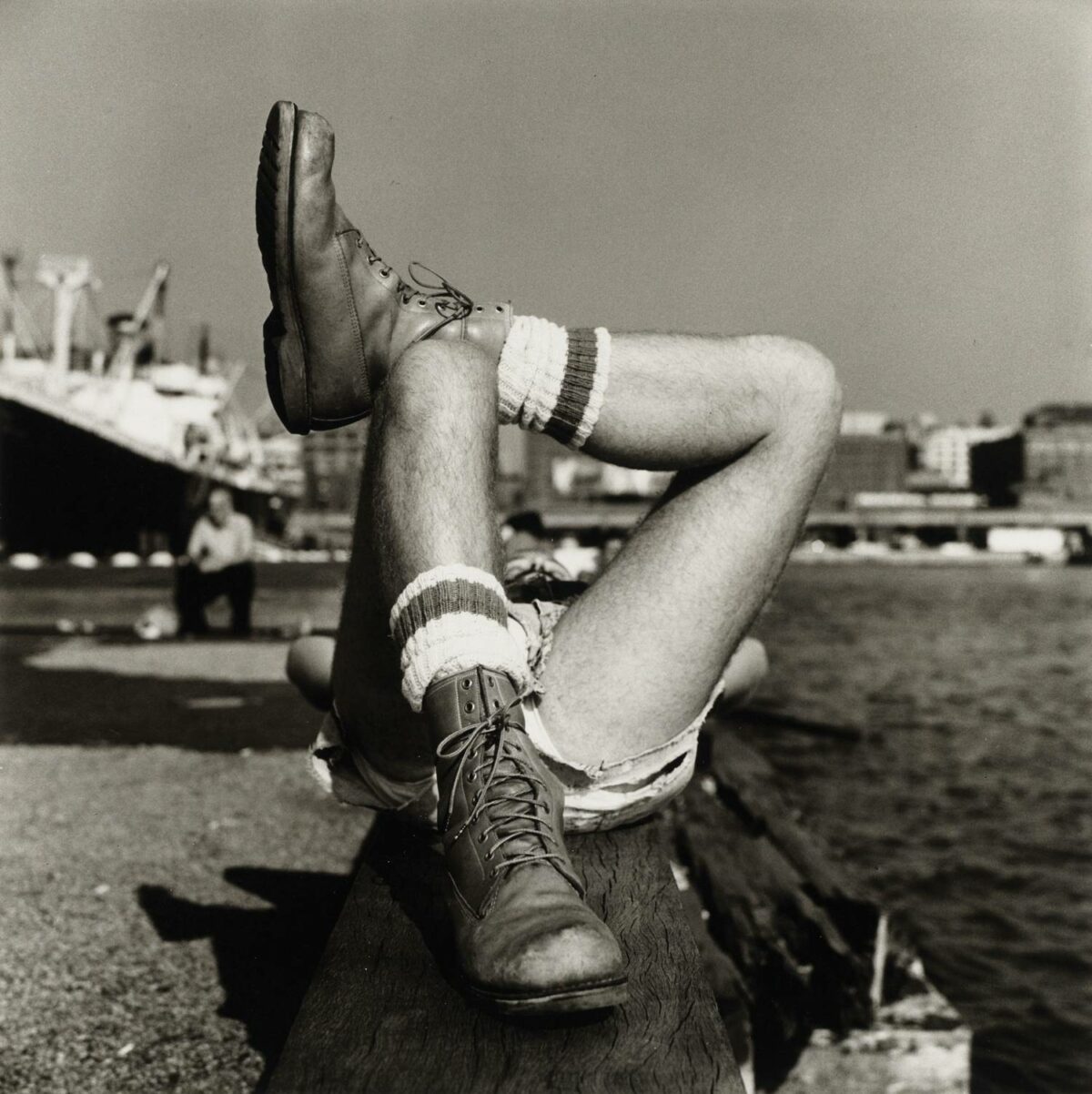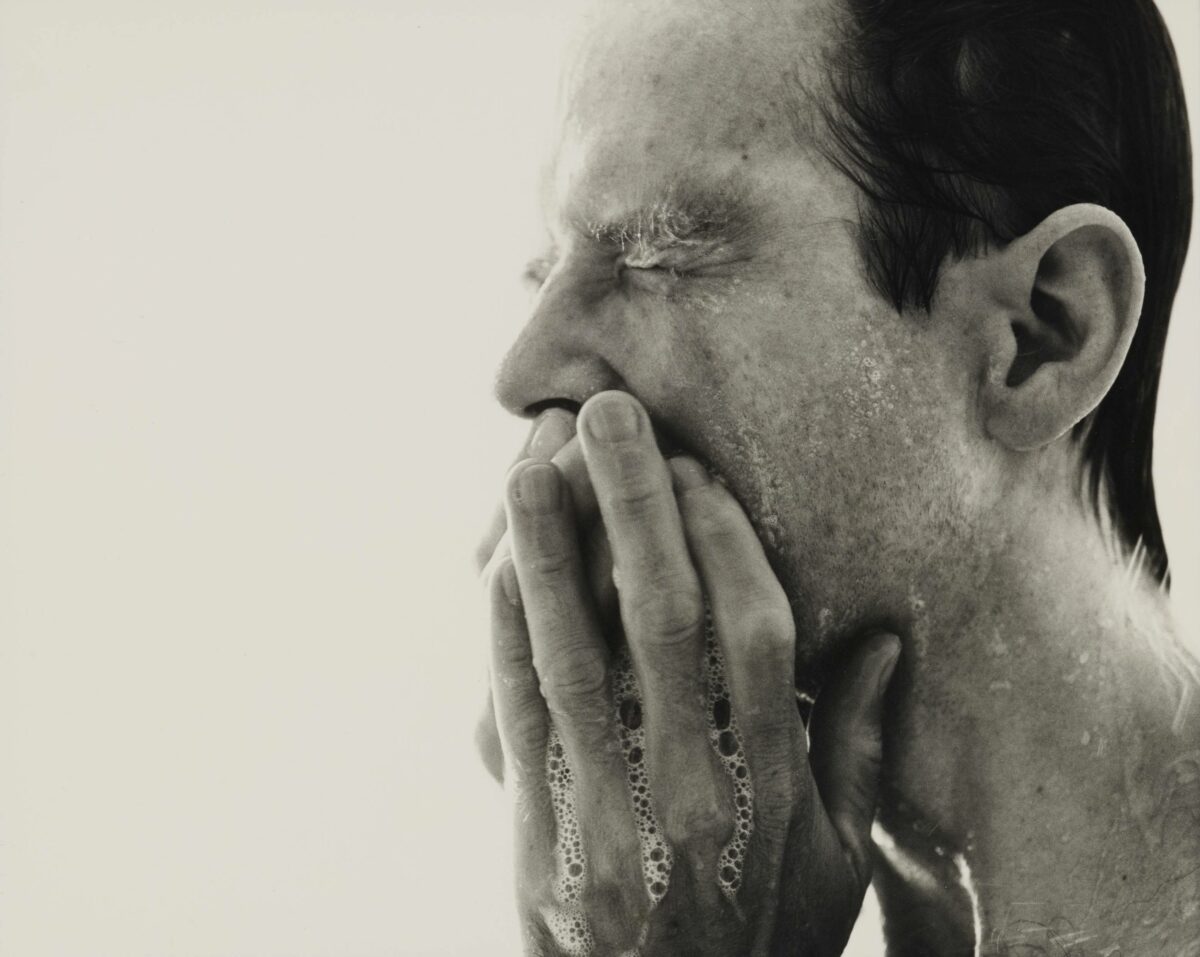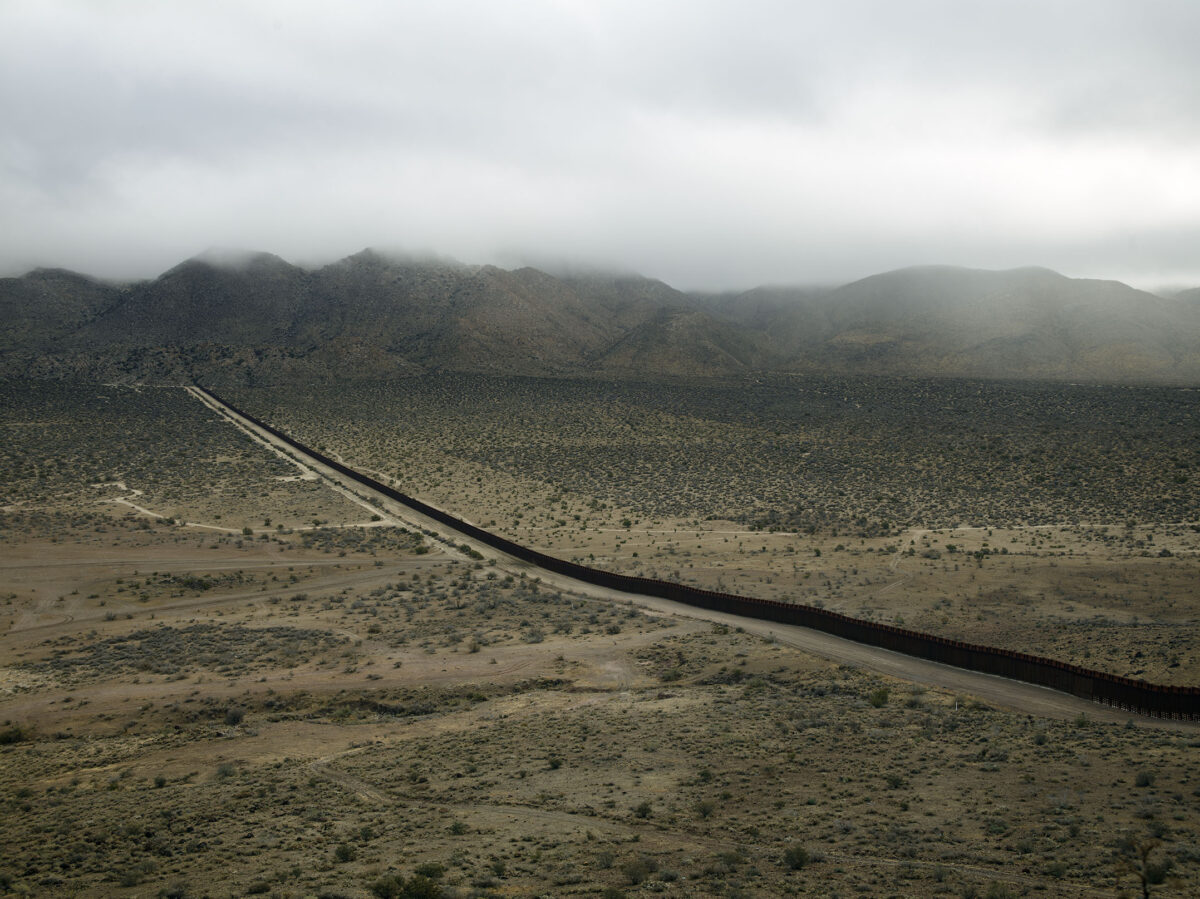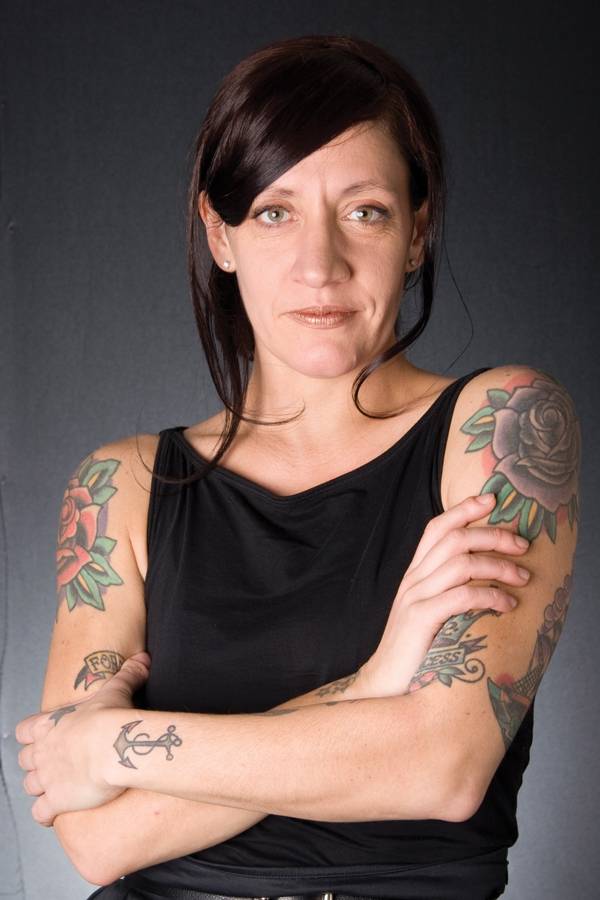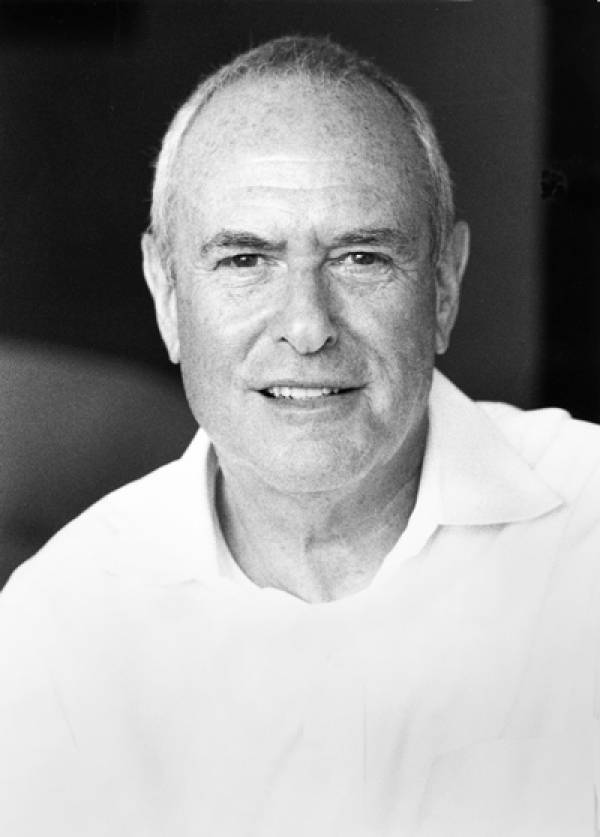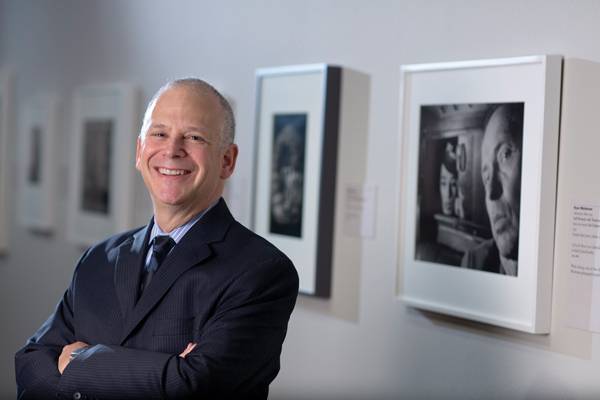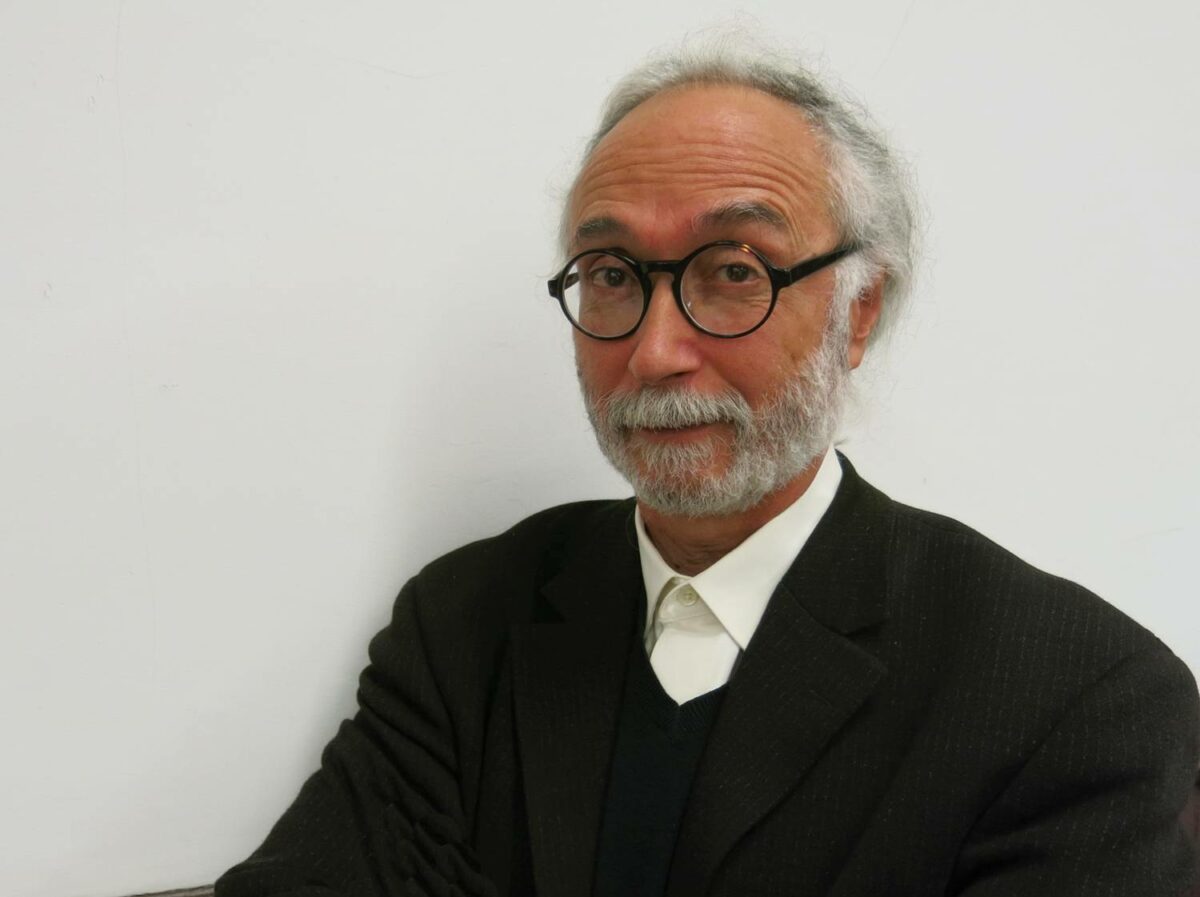Some people’s career path is a winding one, with twists and turns and changes in direction. Others, like Peter Barberie, find their passion early on and stay the course. “I always loved museums and wanted to work in museums,” says Barberie, who has been the Brodsky Curator of Photographs at the Philadelphia Museum of Art since 2008.
As early as high school, Barberie began volunteering at the local historical society in Connecticut, where he grew up, and he majored in art history at the University of Connecticut. It was there that he met the photographer William E. Parker. Nobody was teaching the history of photography at UConn except for Parker (who died in 2009), a larger-than-life figure who scheduled his classes at 7:30 in the evening so that he could run long. “He was passionate about photography. He had so many auditors, people would just be sitting on the floor. I was hooked,” says Barberie.
A brief stint at Christie’s taught Barberie a lot, including the fact that the auction world was not for him. He went to graduate school at Princeton to study, like many future curators, with Peter Bunnell,
and his dissertation on Charles Marville, he says, probably “clinched the deal” for him to become the first Horace W. Goldsmith Curatorial Fellow at the Philadelphia Museum, from 2003 to 2007. The museum had just acquired the Julien Levy Collection, which included some 300 Eugène Atget prints, and Barberie curated Looking at Atget in 2005 and co-curated Dreaming in Black and White: Photography at the Julien Levy Gallery, in 2006.
Barberie left for a year to become a visiting lecturer at Princeton, but he soon returned to the PMA as curator in 2008, when Kate Ware left for the New Mexico Museum of Art. “I love Philadelphia,” he says. “I moved here in 2003, and I was just seduced by this place. It’s a big photo town with a very supportive community.”
Barberie’s most significant exhibition so far was last year’s Paul Strand: Master of Modern Photography, which drew from the museum’s acquisition of more than 3,000 prints from the Paul Strand Archive at the Aperture Foundation. “We have a long relationship with Strand,” says Barberie, “but he’s a little like Mount Rushmore – we all know who he is, but nobody stops to look closely. I hope that exhibition sparks a reappraisal of his work, which is so central to American photography.”
The work of a lesser-known American photographer, Dave Heath, is on view at the museum through February 21, in a show organized by Keith Davis at the Nelson-Atkins Museum. “One thing I learned from the shows on Dave Heath and Mark Cohen [in 2010],” says Barberie, “is that the PMA is well situated to give solo shows to artists who haven’t gotten the attention they deserve.” These include Philadelphia photographer Ruth Thorne-Thomsen and Richard Benson, both the subject of upcoming exhibitions. Barberie is also hoping to add more conceptual photography to the collection: “Given that we are the home of Duchamp,” he says, “I think we have more to say on that front.”

